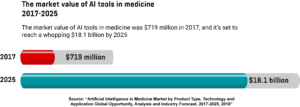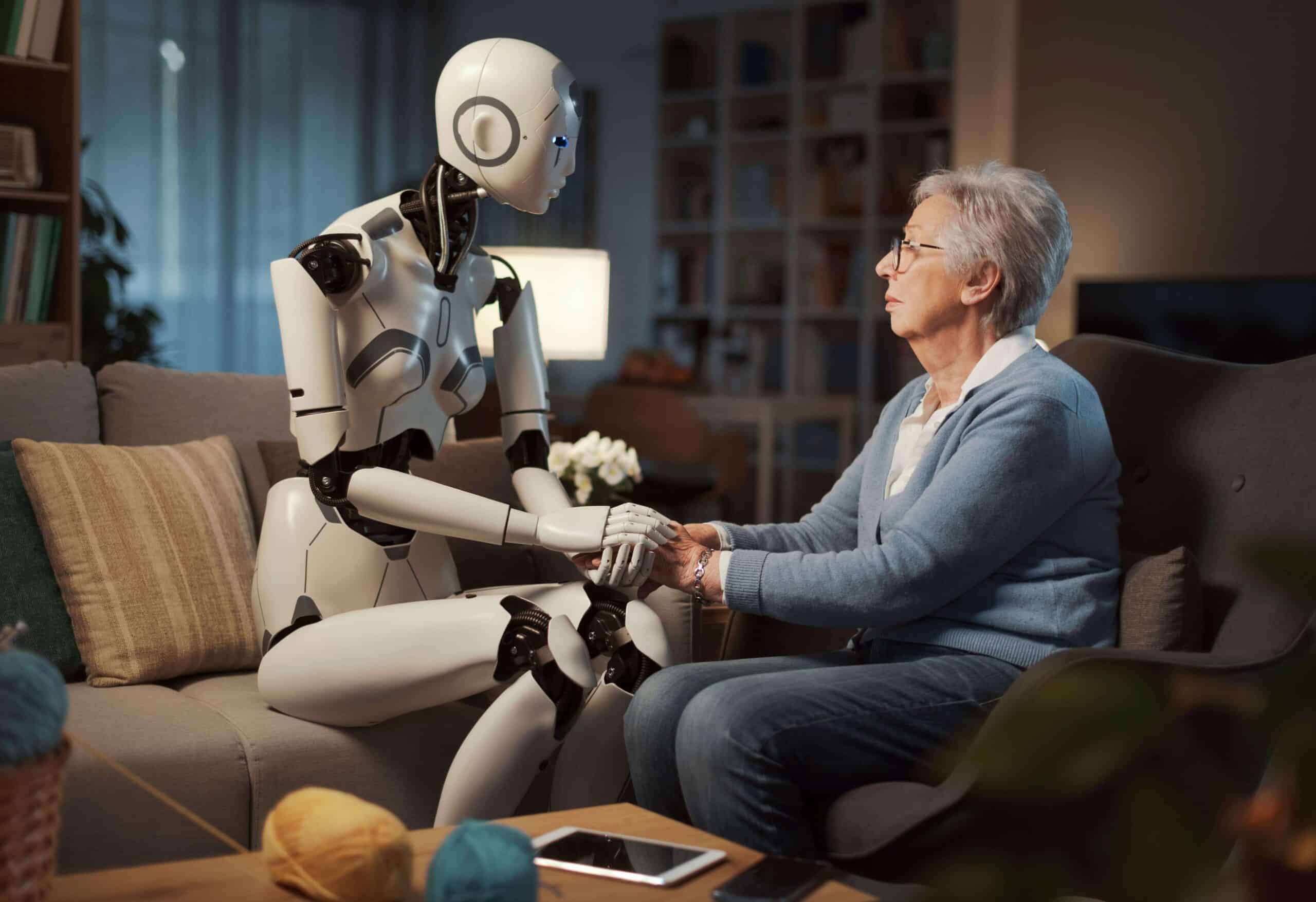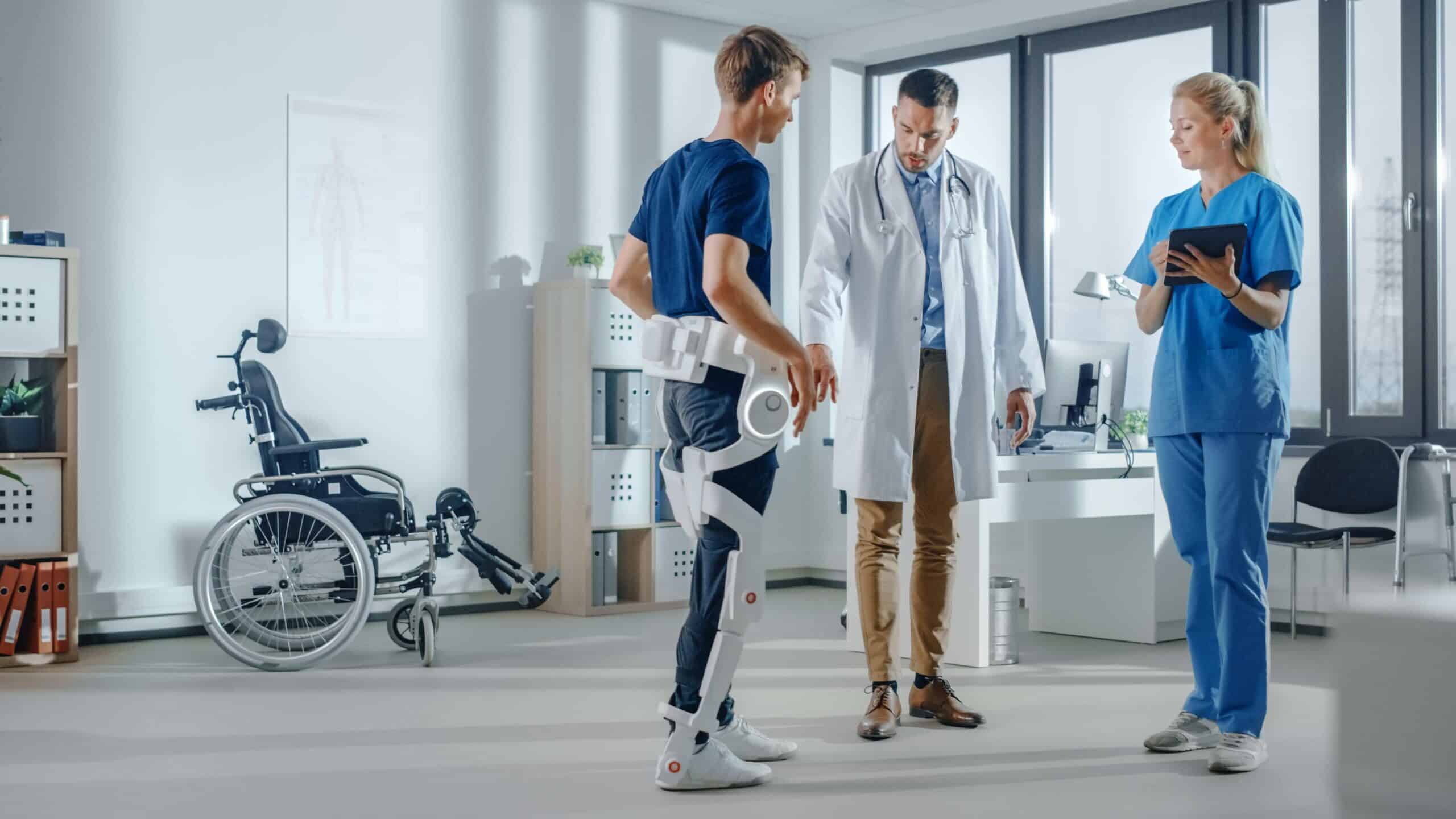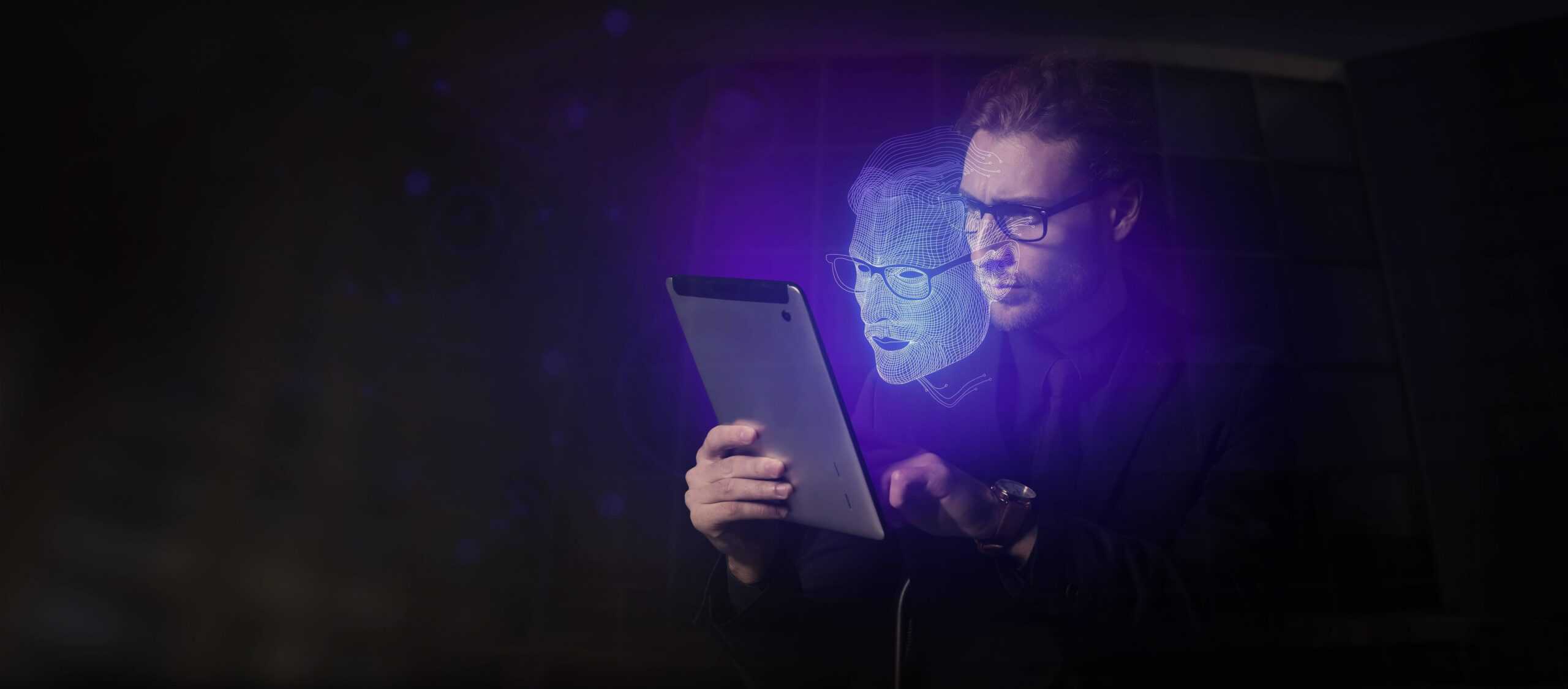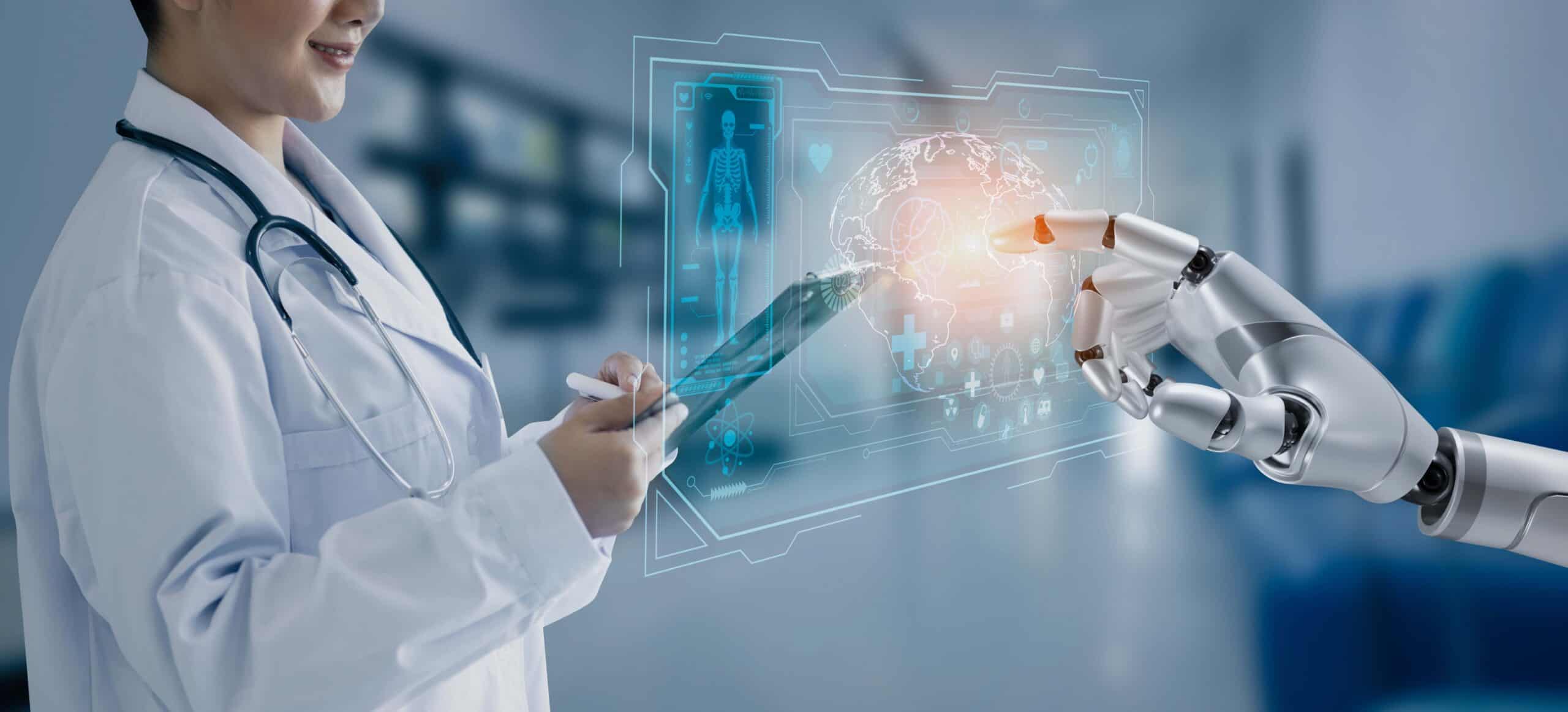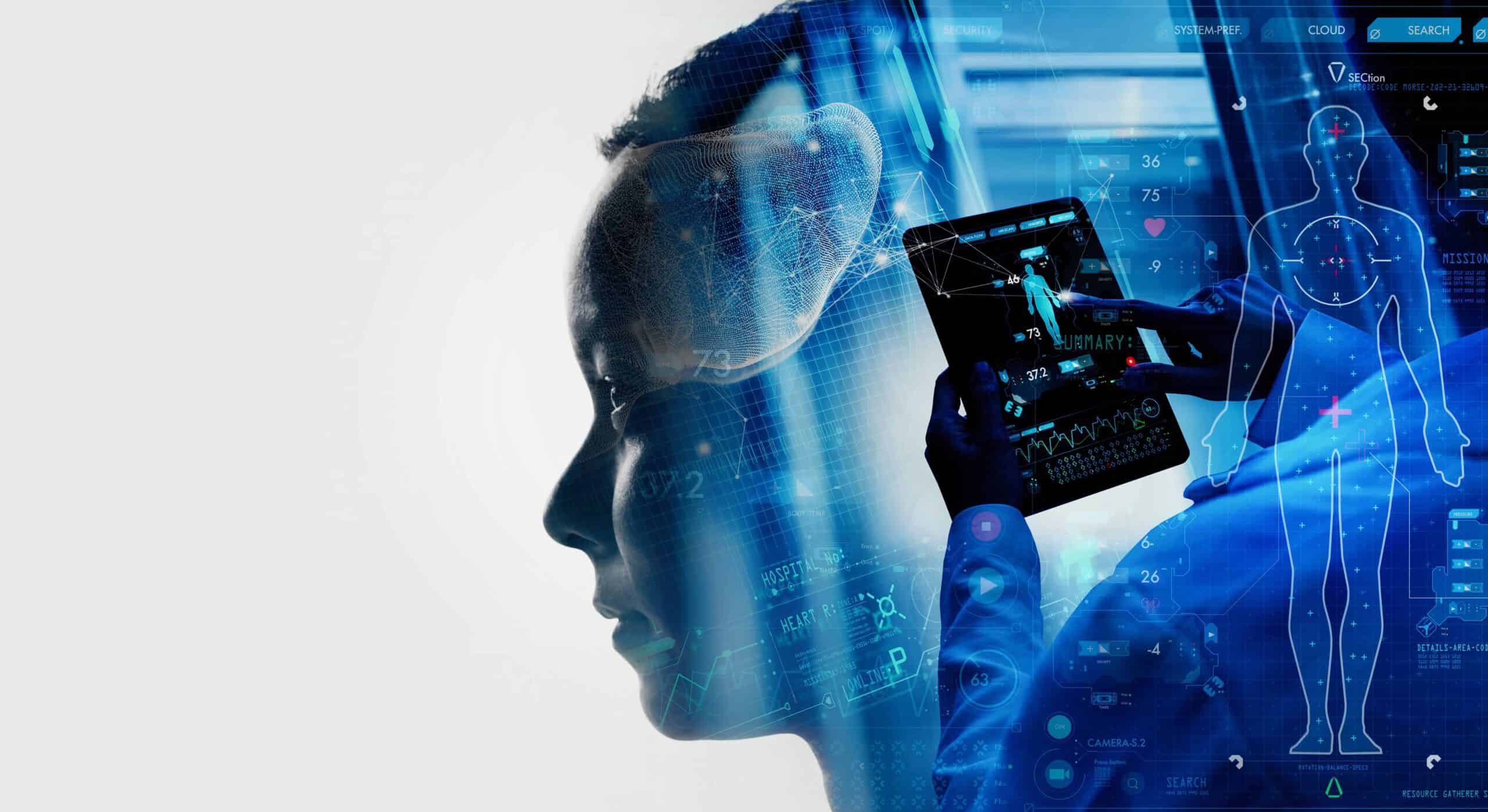- AI analyses the brain’s blood flow to calculate the chance of recovery
- Should a machine be listened to only if there’s hope?
- Thousands of lives could be saved
- AI can help patients even before they reach the hospital
- Machines and the decision to end a life
Each year, thousands of people end up in a coma. At times, it’s a medically induced coma to give the brain time to heal, but more often, it’s caused by illness or injury to the central nervous system. If the latter is the case, determining if and when the patient will wake up from the coma is a notoriously difficult task. What’s more, the conventional ways of assessing the brain’s functionality and predicting whether the patient will regain consciousness aren’t always accurate and are prone to human error. The doctor’s opinion, however, strongly influences the patient’s family when they’re deciding whether to terminate life support.
But researchers at the Chinese Academy of Sciences and the PLA General Hospital in Beijing may have come up with a solution to this issue. Their machine learning algorithm can now give a second opinion on patients’ chances of waking up from a coma. This would directly influence not only the choice of treatment strategies, but also the family’s stance on continuing life-sustaining treatment.
AI analyses the brain’s blood flow to calculate the chance of recovery
This artificial intelligence system analyses patients’ functional magnetic resonance imaging (fMRI) scans that show tiny changes in the brain’s blood flow. This data can indicate how specific regions of the brain responsible for motion control or vision interact with each other after the sustained damage. The software also takes into account other factors, such as the patient’s age, the cause of the injury, and how long the person has been in a coma to calculate their chances of recovery. And so far, the technology was used on more than 300 patients in China, sometimes even predicting outcomes that drastically differ from what doctors have anticipated.
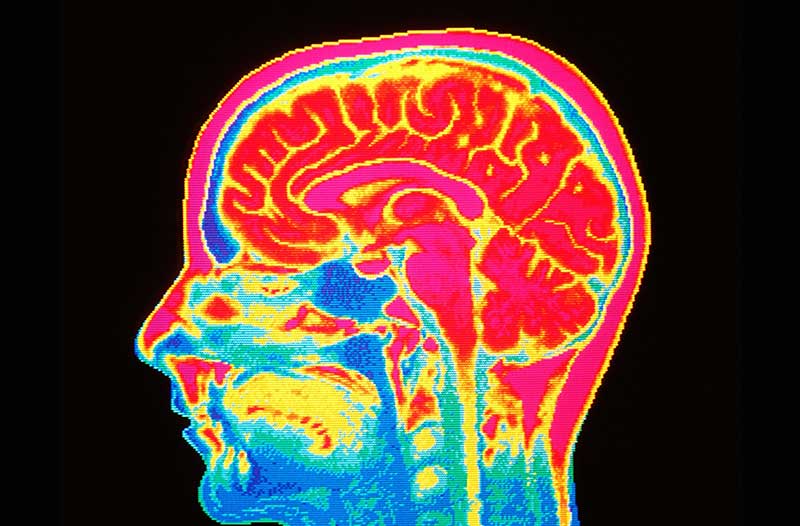
For instance, a 19-year-old patient was in a coma for six months after suffering brain injuries in an accident. Some of China’s best doctors gave him slim chances of survival, and his family had a legal right to stop life support. But the AI algorithm predicted that the boy would recover within 12 months, and that’s exactly what happened. The AI did make some mistakes as well, predicting that a 36-year-old man stands no chance of recovering, for instance, even though he fully recovered a year later. But overall, the AI predictions usually match those of human doctors.
The significant predictive power of this algorithm is somewhat at odds with the relatively small dataset used to train it over the past eight years. The researchers tracked and analysed 112 patients that were in a coma and used their fMRI scans to train the algorithm. Once the software was fully developed, it successfully predicted which of these patients would recover 88 per cent of the time. This system is now a part of daily operations at the PLA General Hospital in Beijing, and the accuracy of the program is bound to improve as more data is analysed. And having in mind that there are 70,000 to 100,000 new comatose patients in China each year, new technological advancements in this field are of great help to both doctors and patients’ families.
Should a machine be listened to only if there’s hope?
The decision whether to unplug an individual from life support, however, is more complex than simply relying on a number calculated by smart algorithms. The insurance policy, medical costs, and the risk of sudden death are all factors that have to be accounted for. Yang Yi, a doctor in the neurosurgery department of the PLA General Hospital, says that “When we informed the family of the AI score, we always told them it should only weigh 20 to 50 per cent in their decision” whether to continue life support treatment. And more often than not, families decide to continue the treatment.
Artificial intelligence can especially help in decision-making for people whose family members are in a vegetative state or enduring pain. Yang Tongwei, an associate professor of medical ethics at Shandong University in Jinan, explains that termination of life support for patients that are in a coma and suffer greatly can save resources that can be used to help people with more chances of waking up. The neuroscientist Pascal Kaufmann insists that AI should matter only if it determines that a patient might survive. “That you actually let a patient die because of machine input — that should not be possible,” he concludes.
Thousands of lives could be saved
It’s practically impossible to estimate just how many lives have been lost in the past due to premature decisions by family members to end life support, but it’s very likely that at least some of them would have eventually recovered had they been given a little more time. If powerful AI tools like the one developed in Beijing had been available earlier, thousands of lives could have potentially been saved. Take cardiac arrest patients as an example. Every year, around 356,000 out-of-hospital cardiac arrests occur in the US, while in Europe, around 350,000 patients are affected annually by this health problem. Attempting resuscitation as soon as possible is critical for survival, but usually, patients fall into a coma because they sustain brain damage due to lack of oxygen.
“Most patients are comatose after resuscitation and accurately predicting those who will wake up can be extremely challenging,” says Dr. Bentley Bobrow, a professor at the University of Arizona Colleges of Medicine in Tucson and Phoenix. He and his research team co-authored a study that details how some cardiac arrest patients wake up from a coma even after six or seven days, with no significant neurological defects.
He explains that doctors and family members should wait longer than “the traditional three days before making irrevocable decisions about brain function recovery and possible withdrawal of care”. In other words, many people have potentially been removed from life support despite having high chances for recovery. Samuel Keim, a professor and chair of the emergency medicine department at the University of Arizona, says, “We may be able to save thousands of lives each year across the country by simply giving cardiac arrest victims more time to awaken in the hospital”.
This example perfectly illustrates the importance of AI-based tech that predicts the chances of patients waking up from a coma. A score that signals high survival chances would make doctors and family members think twice before making the hard decision. And even in the worst-case scenario, they’d at least be sure that they did everything possible to save their loved ones and that the termination of life support is perhaps the best course of action in the given situation.
AI can help patients even before they reach the hospital
But predicting when people will wake up from a coma isn’t the only thing AI can do for cardiac arrest patients. In fact, Corti SA, a Danish AI software company, demonstrated that its deep learning-based AI could recognise if a person calling emergency services is having a cardiac arrest with a 93 per cent success rate – compared to a 73 per cent success rate for human doctors. This could speed up response times and get them the care they need on time, possibly even reducing the number of people who fall into a comatose state after a heart attack.
With the advent of new AI technologies, it’s important to provide doctors that make hard decisions with the best data-driven tools. Machines are, after all, inherently better than humans at analysing large datasets and can assess the patient’s condition objectively, which is why the importance of AI in healthcare shouldn’t be ignored. In fact, the market for AI tools in medicine was worth $719 million in 2017, and it’s expected to reach a value of $18.1 billion by 2025.
Machines and the decision to end a life
Artificial intelligence has beaten humans in chess and strategy games, and one day, it might even drive a car better than us. And with the recent tech breakthroughs in China and elsewhere, AI is having a say in life-and-death decisions, too. As much as entrusting life to machines sounds frightening, the fact is that cutting-edge technologies are changing the world of medicine for the better. Doctors empowered by machine learning software can rely on an objective second opinion when deciding how to treat patients that are in a coma. Brain scans can be analysed faster, and families might see their loved ones wake up and recover after severe brain injury.
And as AI-based tools are fed with more and more data, their predictive power will grow as well. Think of all the insights that AI could uncover from digitised medical histories and data that healthcare wearables produce. Or the invaluable help that smart algorithms could provide to radiologists in spotting irregularities in CT scans. But to get to that point, it’ll be crucial to view new technologies not as a replacement for medical professionals, but as a tool to enhance human expertise. Algorithms are not doctors, but they’re great at winning games and driving cars, and if managed correctly, could be great at saving lives as well.

